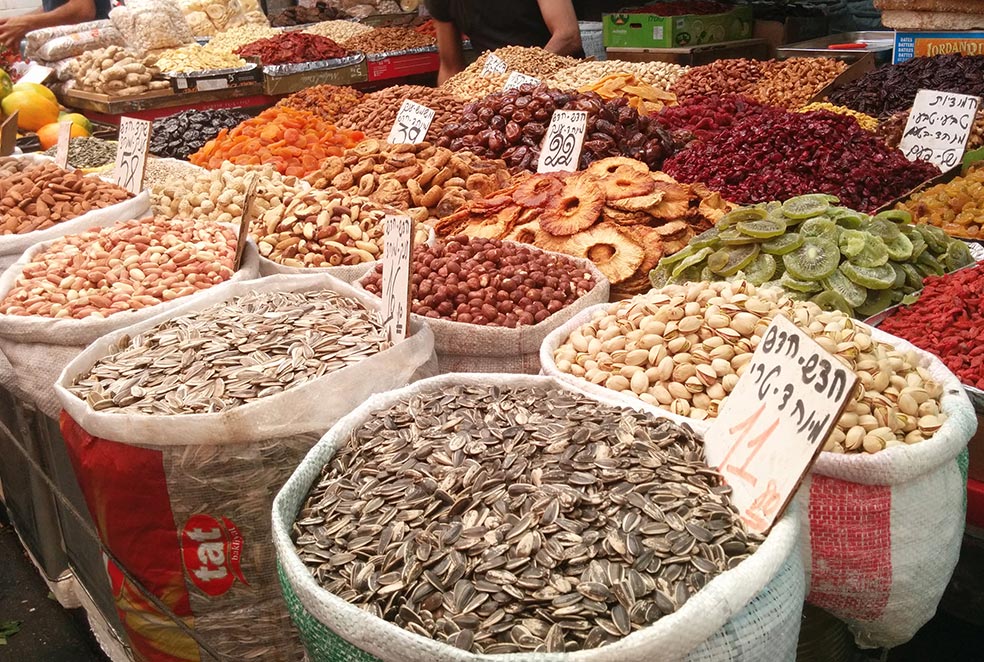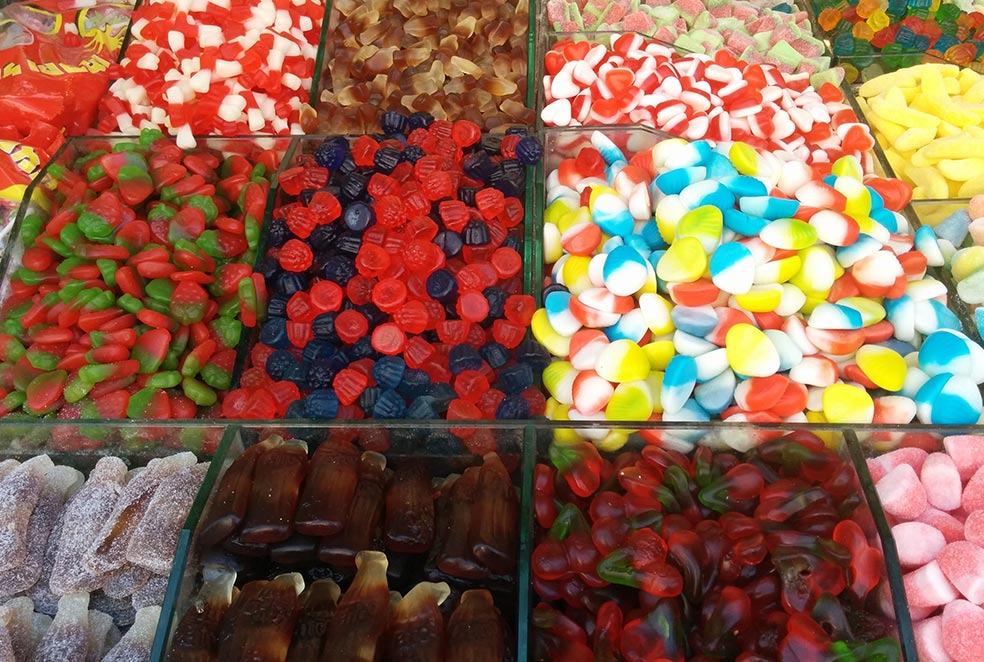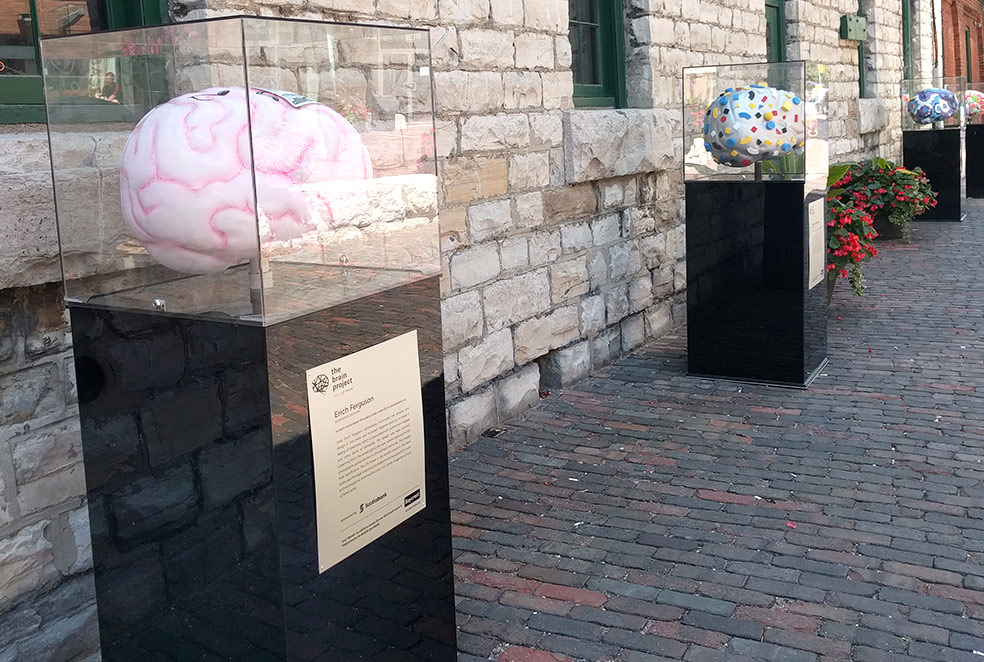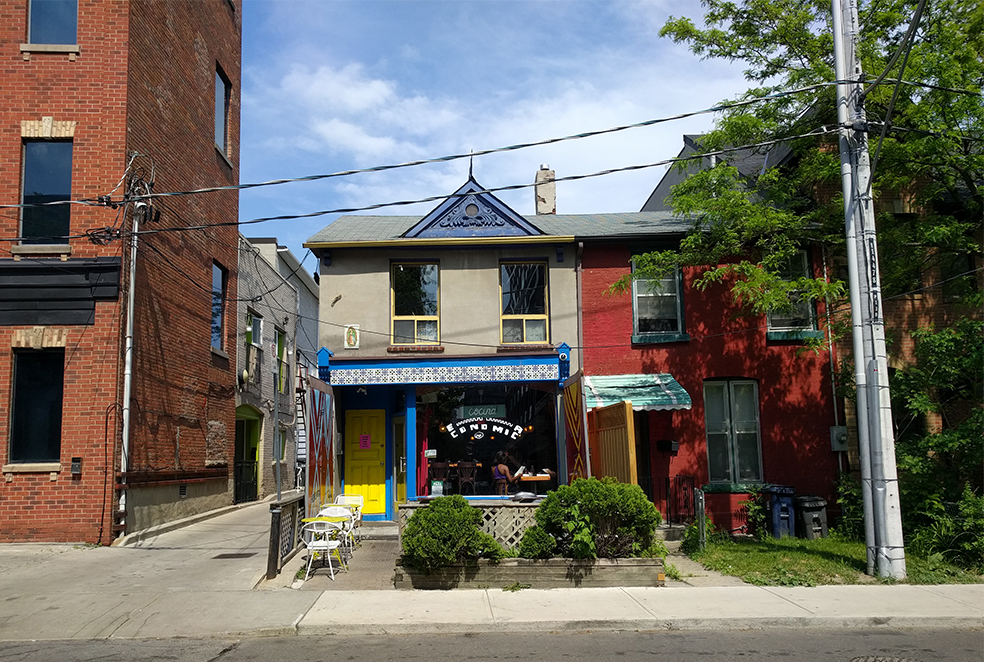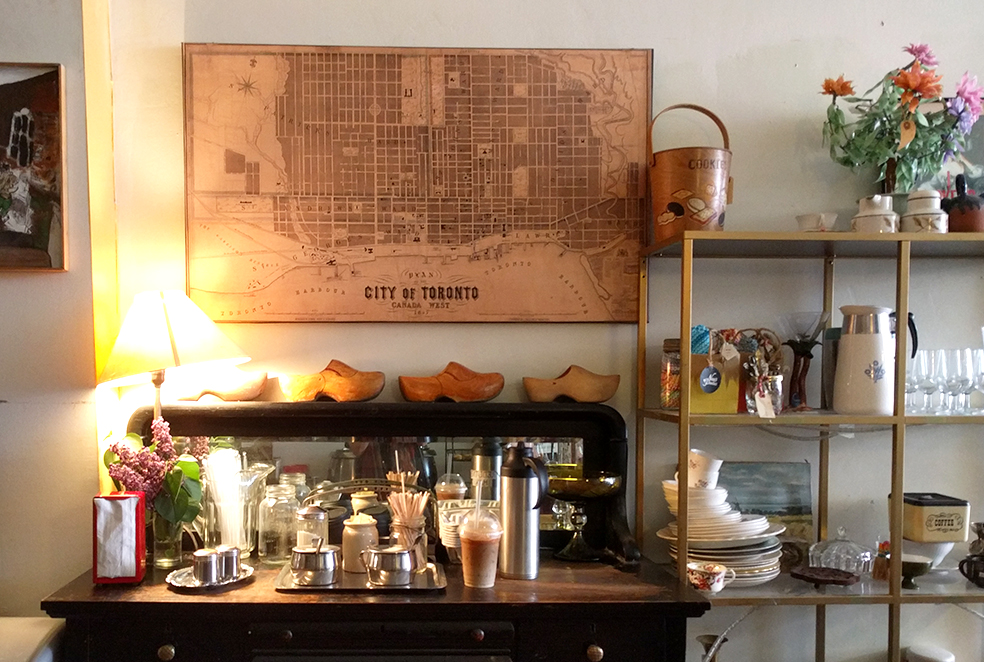When the provincial government announced plans for a redesign of the Ontario logo, I was torn. Of course, I was all for leaving the current trillium logo behind (goodbye, neutered and dismembered sprites! No more Three Men in a Hot Tub!), but felt the timing was off, considering the news of so many cuts in the upcoming budget.
A price tag of $89,000 might sound steep for a redesign, but one would assume it also covers the brand story and guidelines. However, a larger and separate cost would involve rolling the new logo out across every new poster, sign, brochure and other collateral. I’d rather our tax dollars be spent on education and healthcare.
However, I was still curious. I anxiously awaited my first sight of the logo. Would it still be a trillium? Would they use a weird font? Finally, a tweet – and it was revealed. And I was somewhat...relieved? Rather than a complete overhaul, they went back to basics. It’s not exactly the same as the iconic 1972 version by Glenn Fretz and Ernst Barenscher, but it’s pretty close. I appreciate that they didn’t reinvent the wheel, that they seemed to appreciate how iconic the pre-2006 version was, and I suppose – simply added their one cent.
Glenn Fretz’s (designer of the original 1972 Trillium Symbol) word on the new Province of Ontario Logo (notably the symbol aspect).
— Canada Modern (@canadamodern) April 12, 2019
—
;-) pic.twitter.com/CdZ6U2getj
While looking for the history behind the evolution of the trillium logo, I found this thread covering the who, what and when.
http://canadiandesignresource.ca/graphics/logo/ontario-provincial-logo/
What struck me was Fretz’s description – and the craftsmanship involved – in creating the trillium mark:
“I constructed the trillium from six overlapping circles in 60-degree increments to create a pinwheel. The alternating negative and positive shapes at the centre were identical in shape. The leaves were simple geometric projections from the pinwheel core. I recall that getting the radii to intersect seamlessly during the construction of the super-ellipse was a daunting task — particularly with ruling pen and compass on a 2-foot square piece of illustration board. I also recall the process of resolving an effect created by the tips of the upper two petals of the trillium and their proximity to the ellipse. An optical illusion made the shape look distorted — squeezed in at the top. By carefully manipulating the position of the trillium within the ellipse, the effect was minimized. Upon reviewing my work, Barenscher declared that it was a ‘perfect solution.’”
This is how a classic icon is made, and it stands the test of time.
Posted by Samantha




